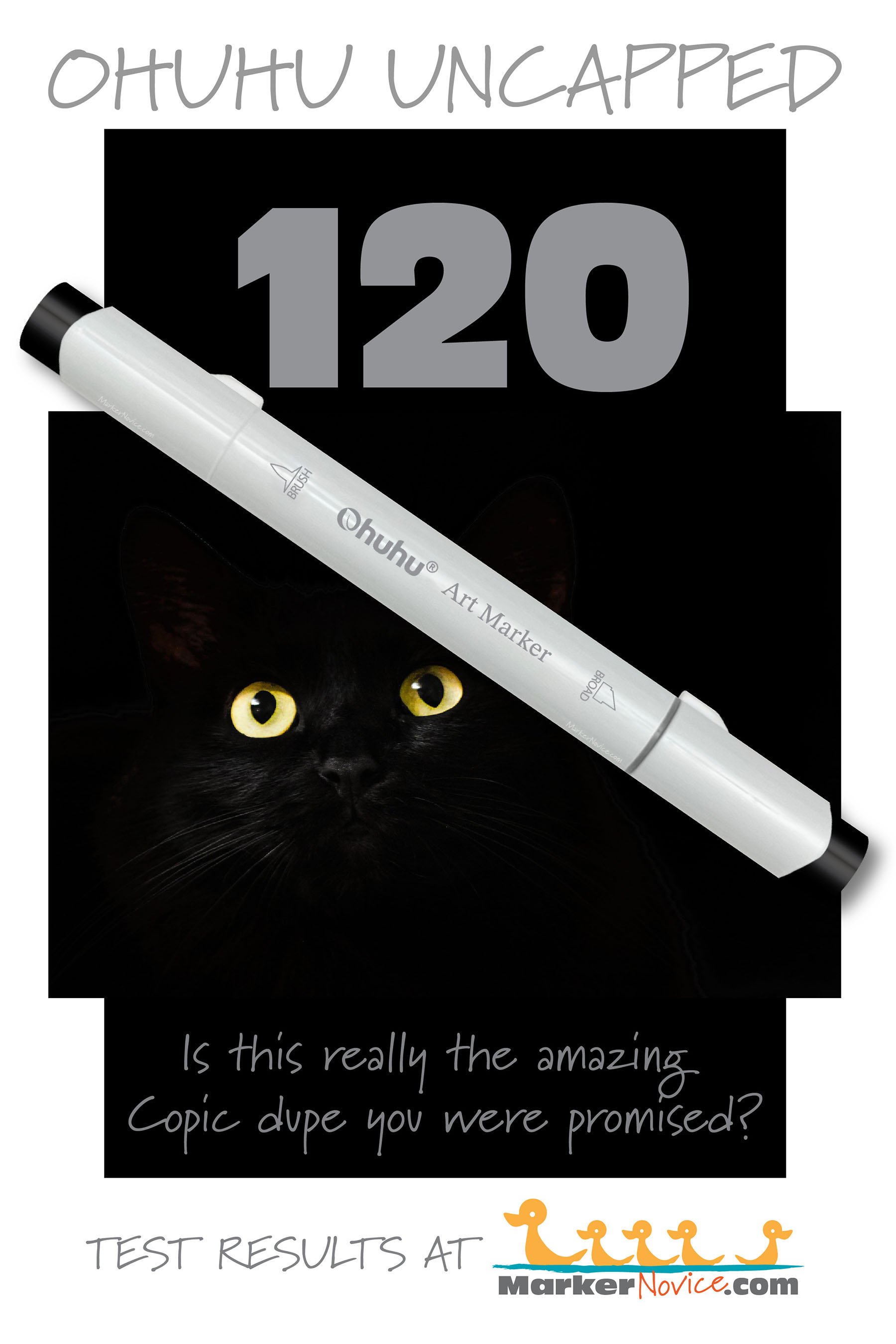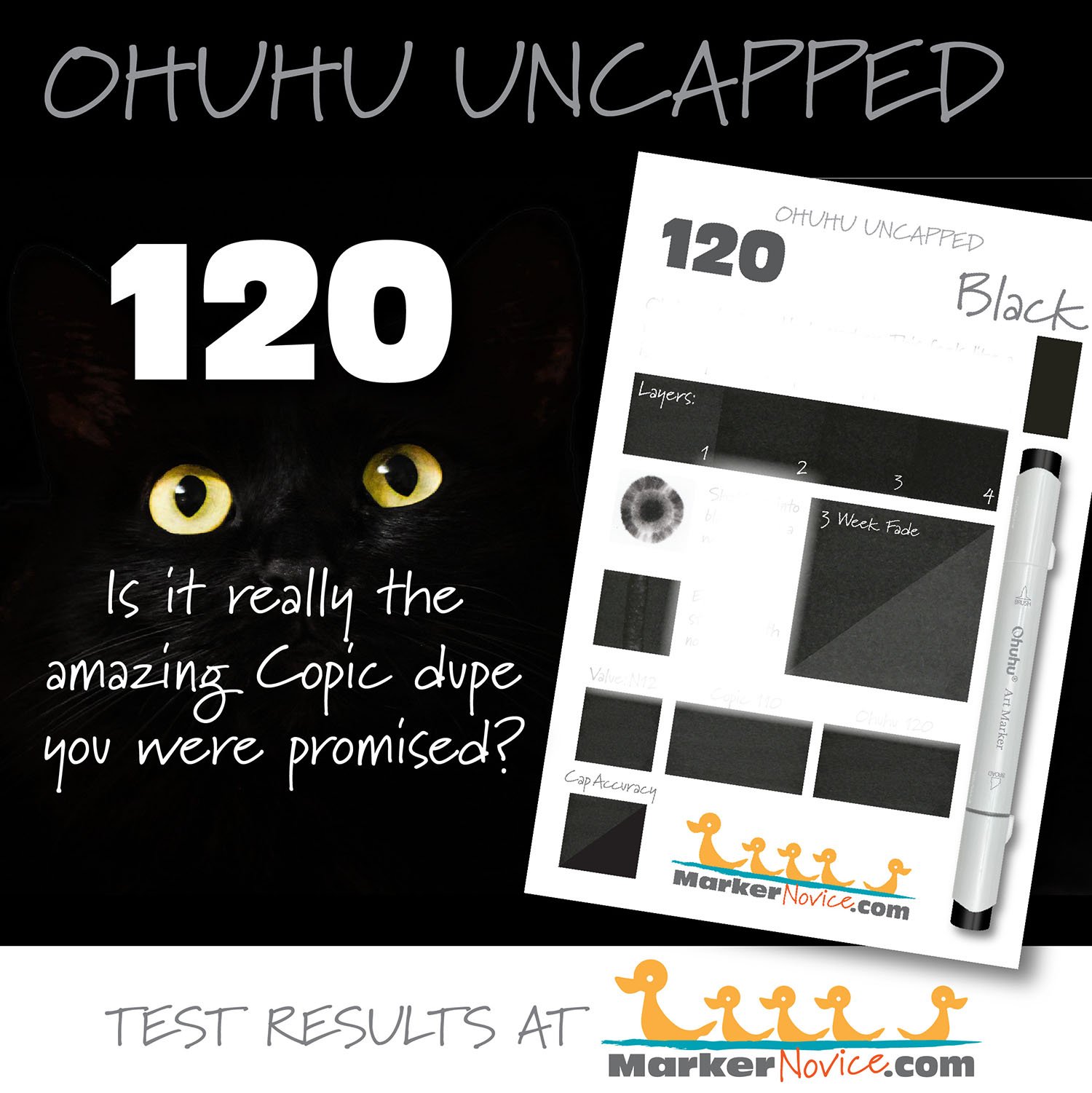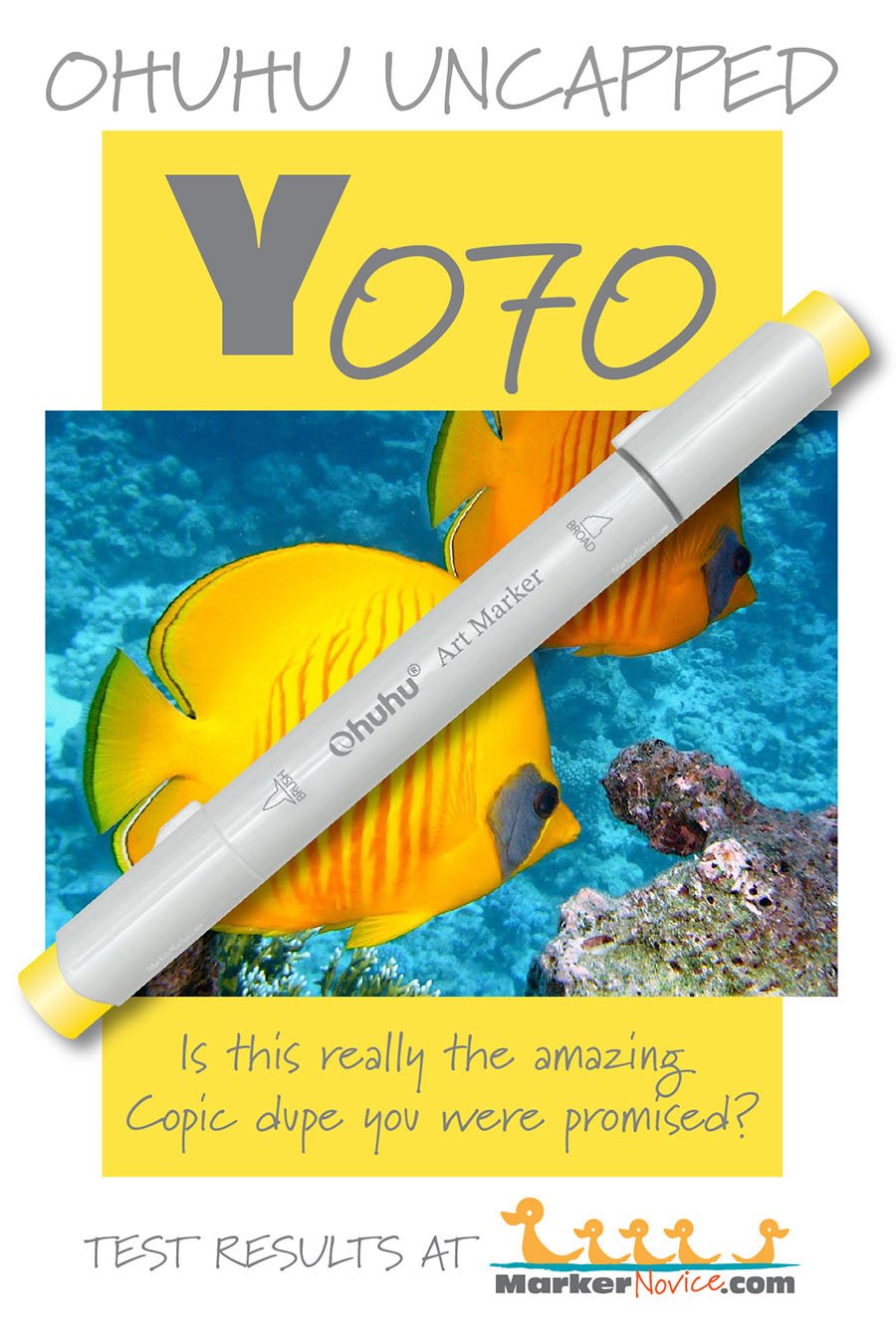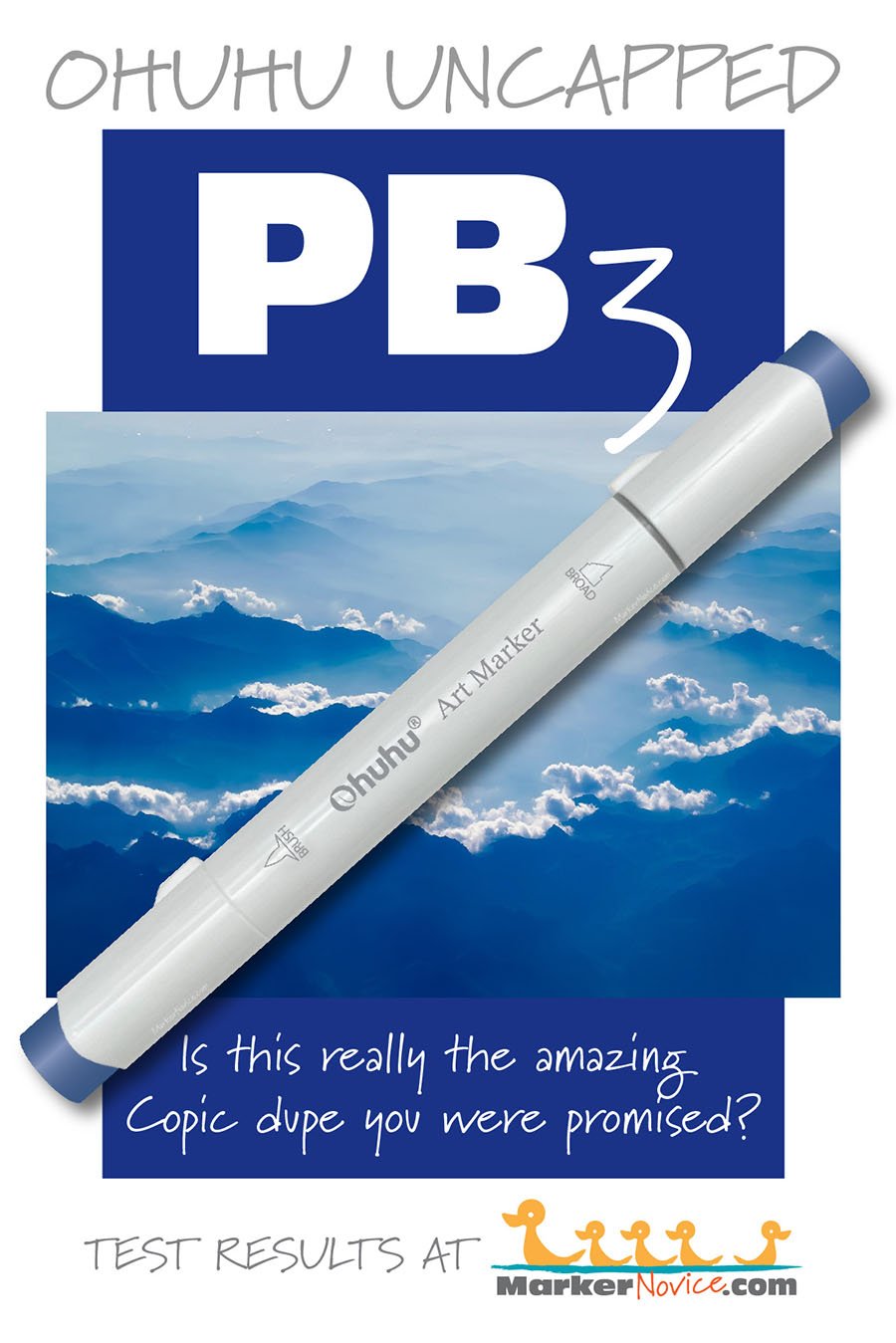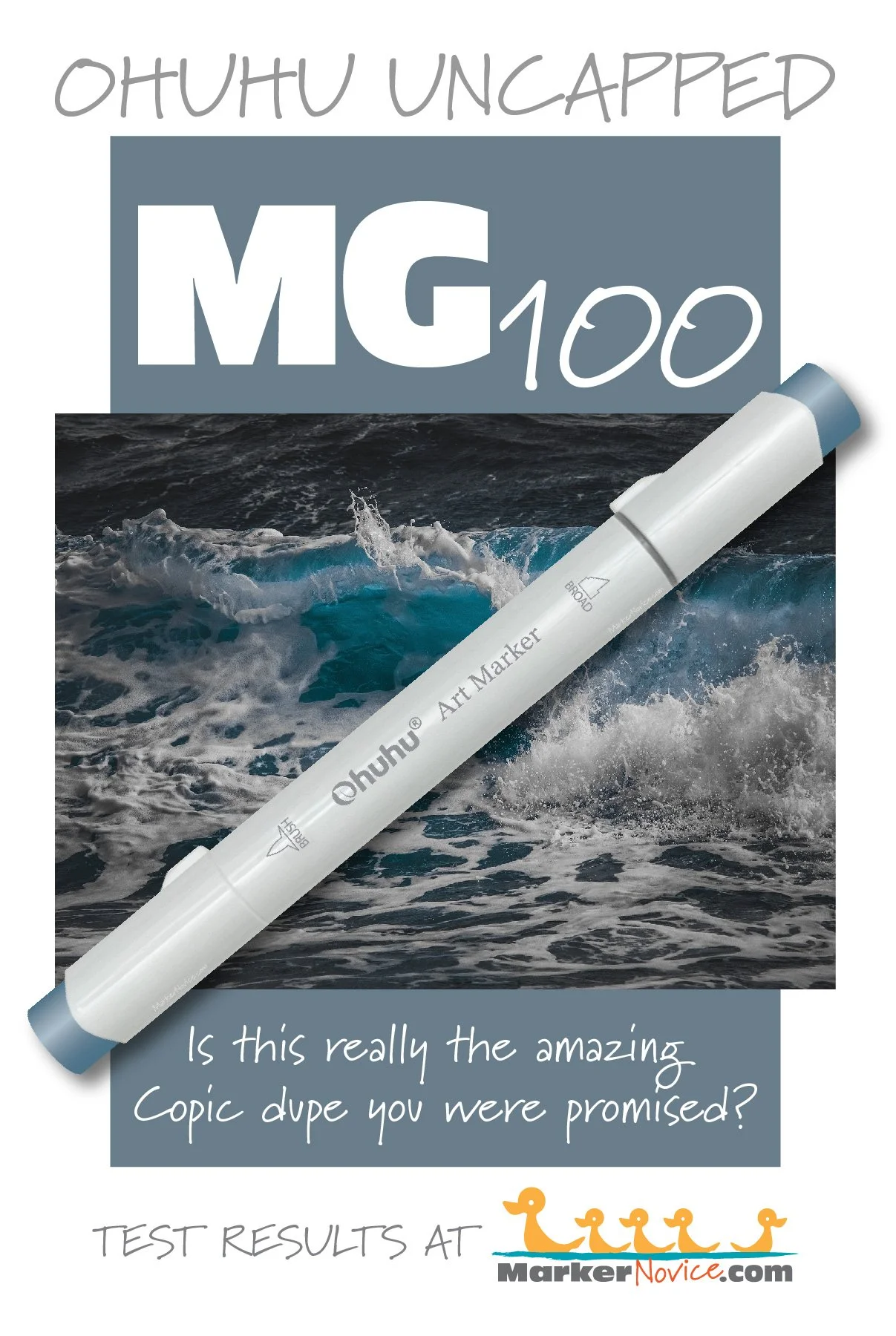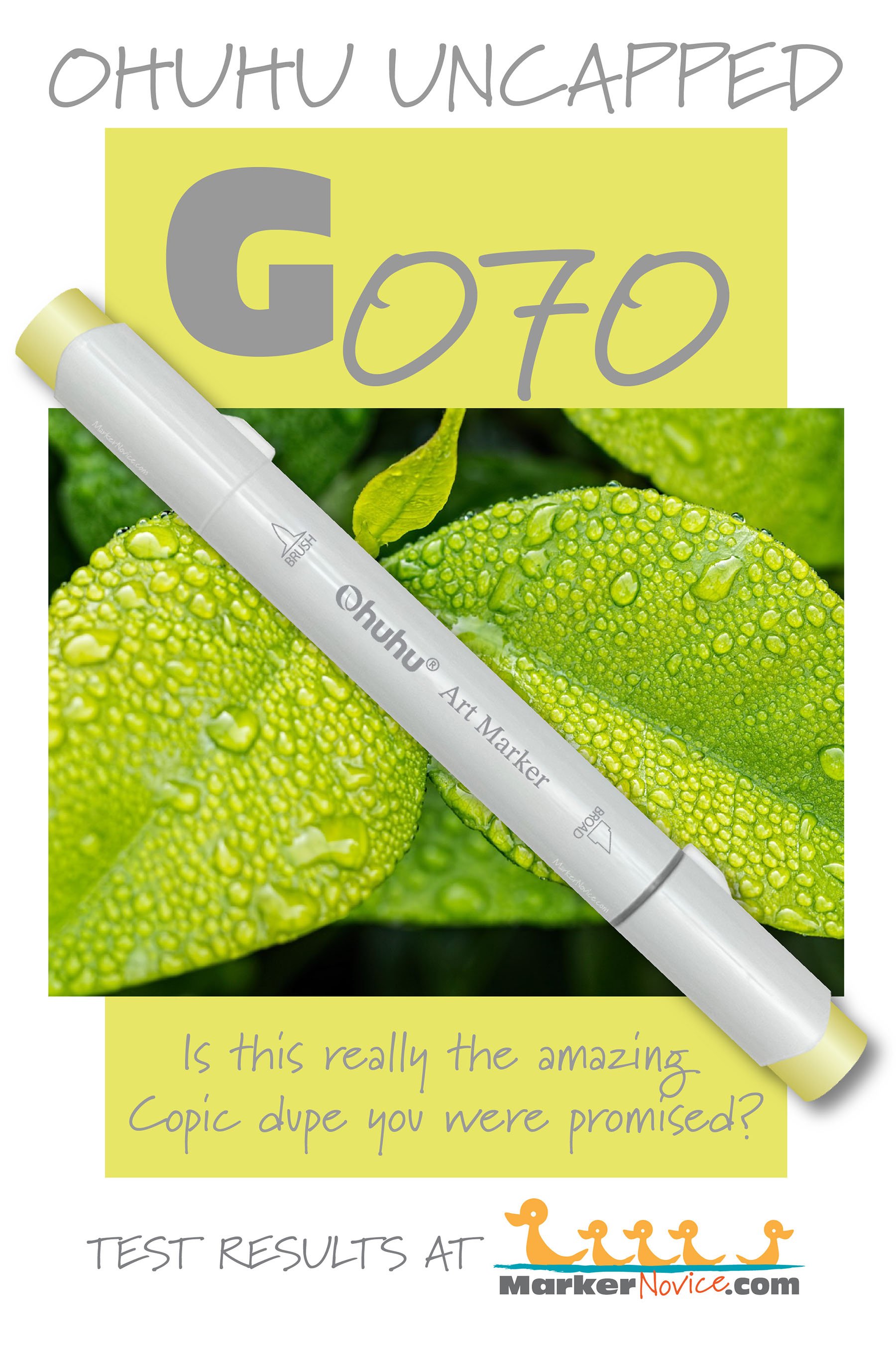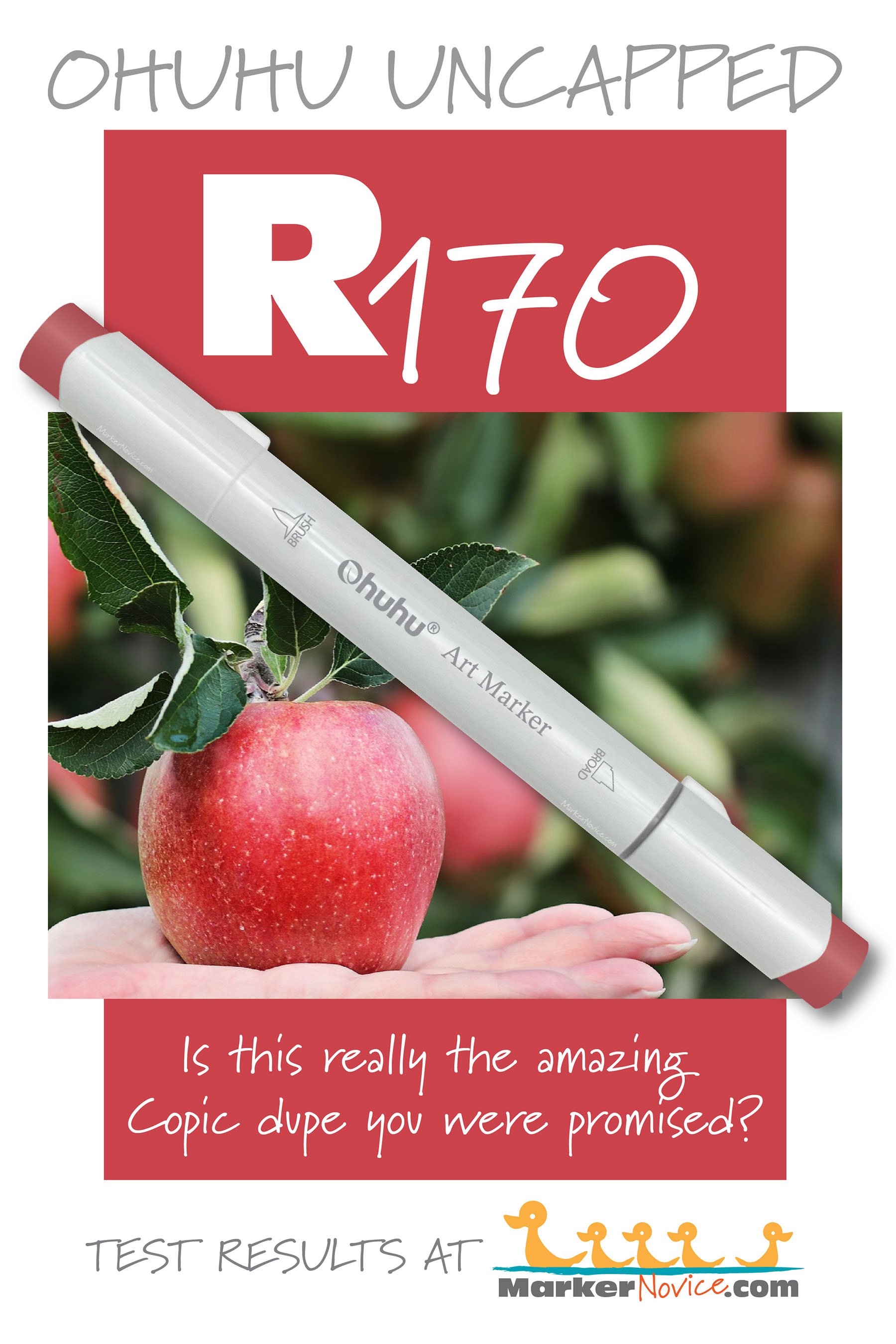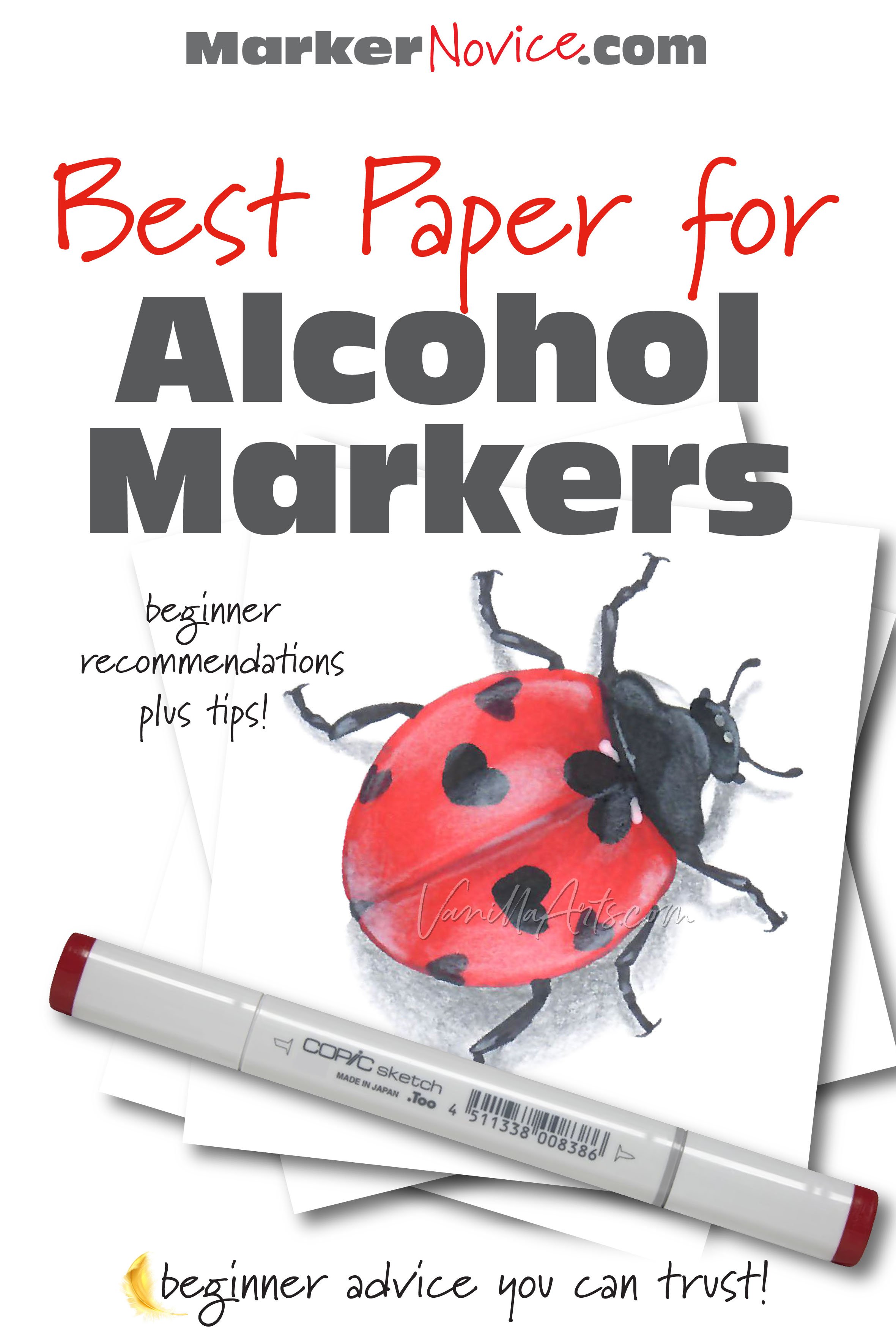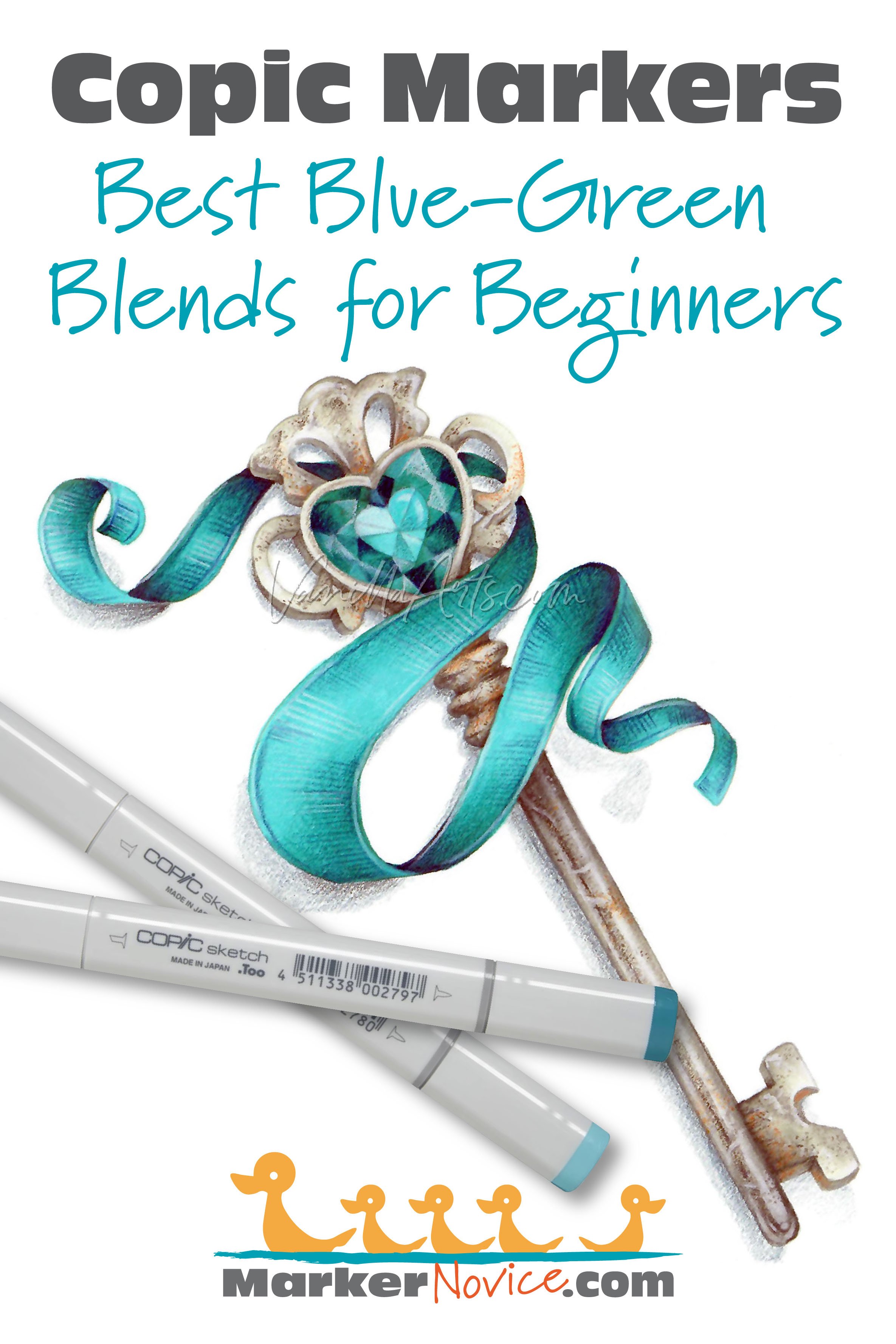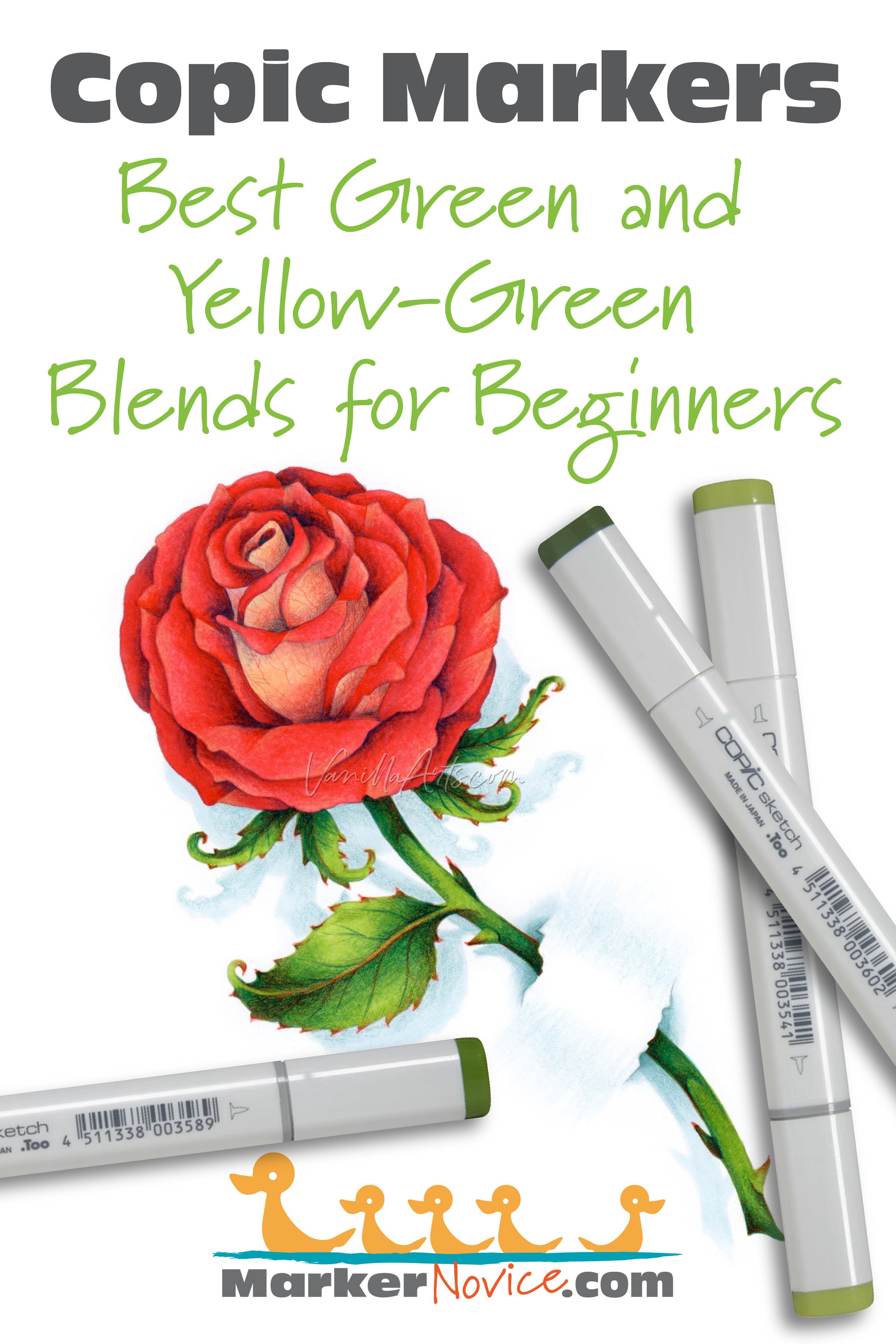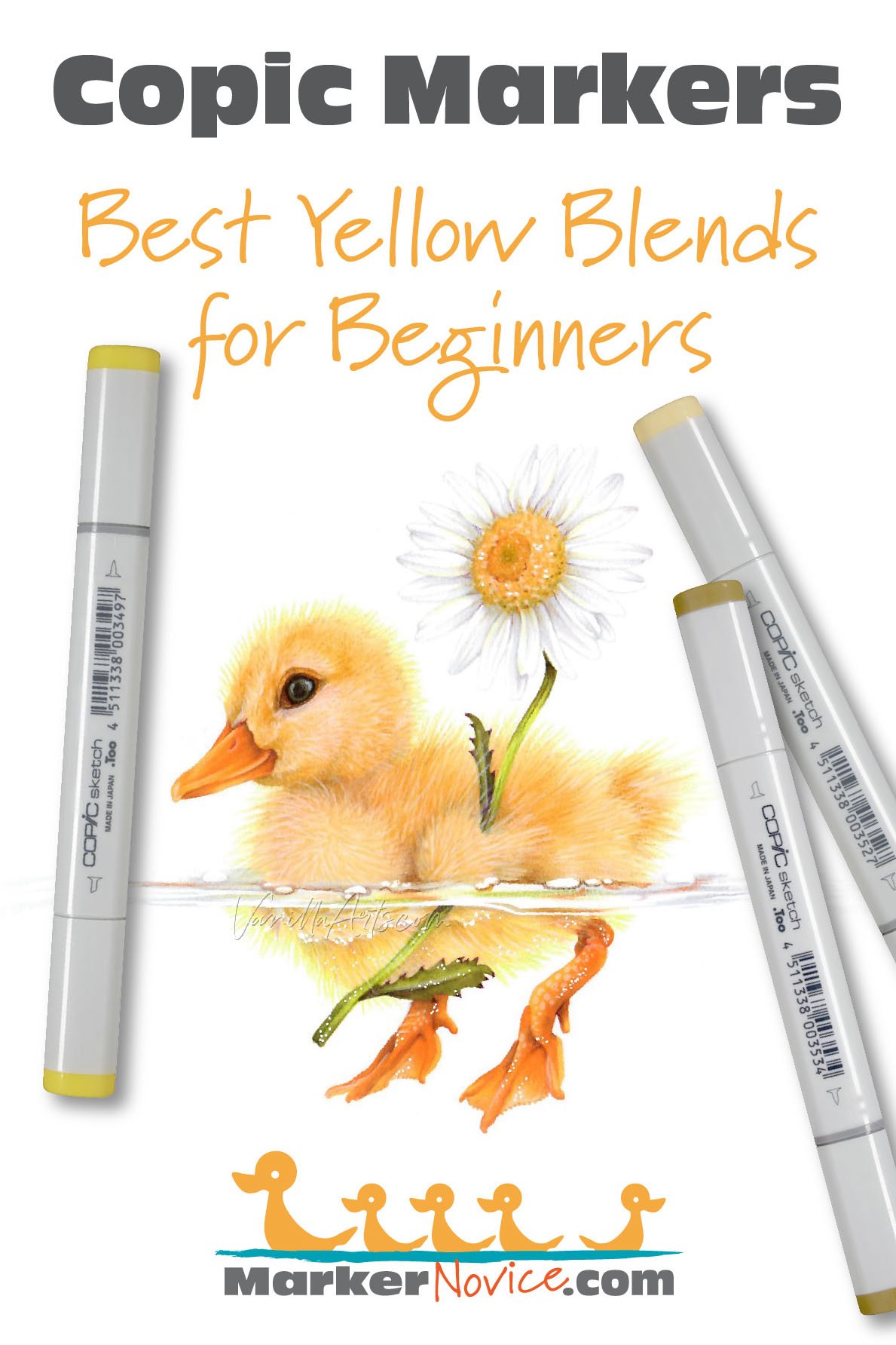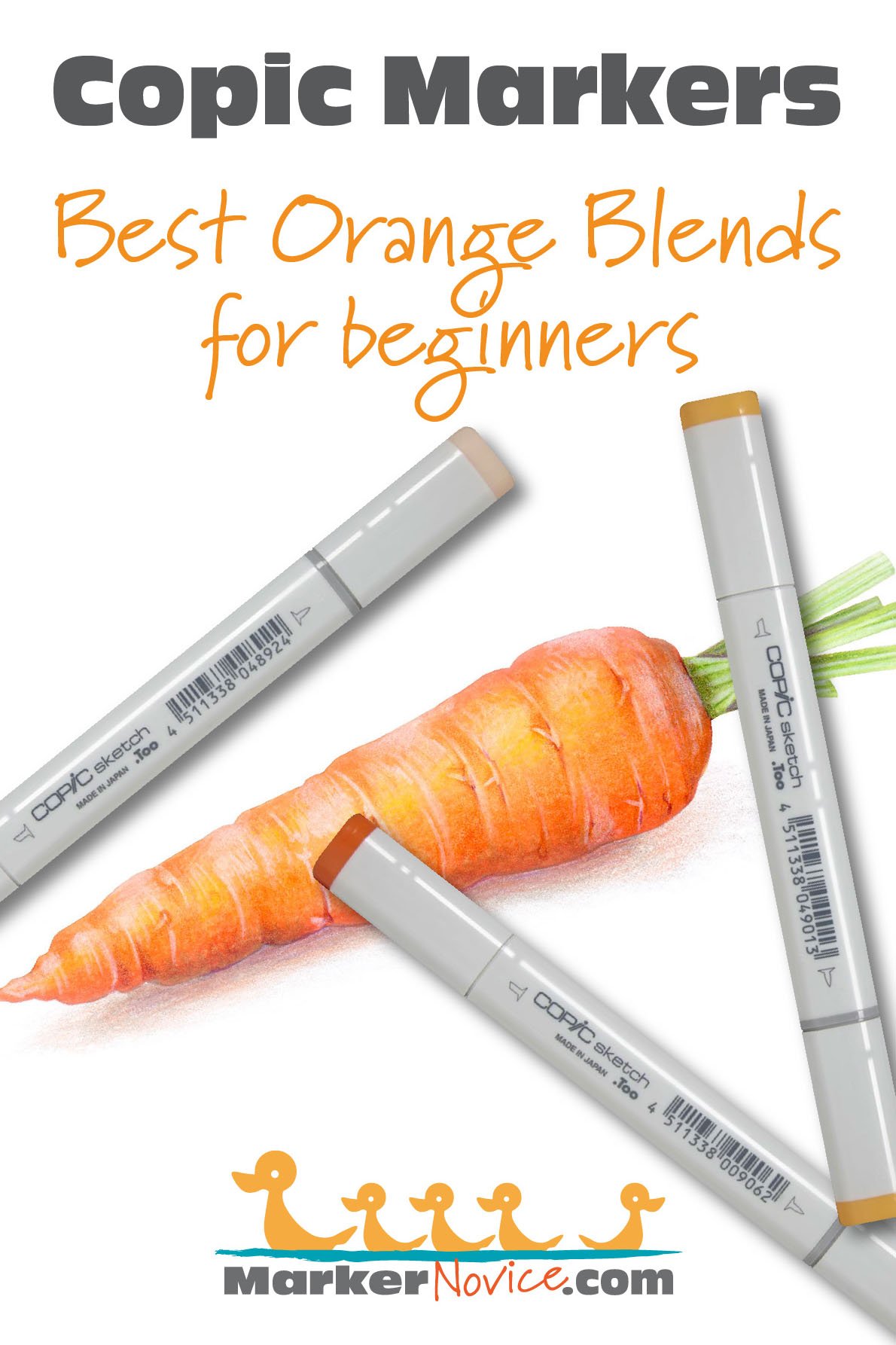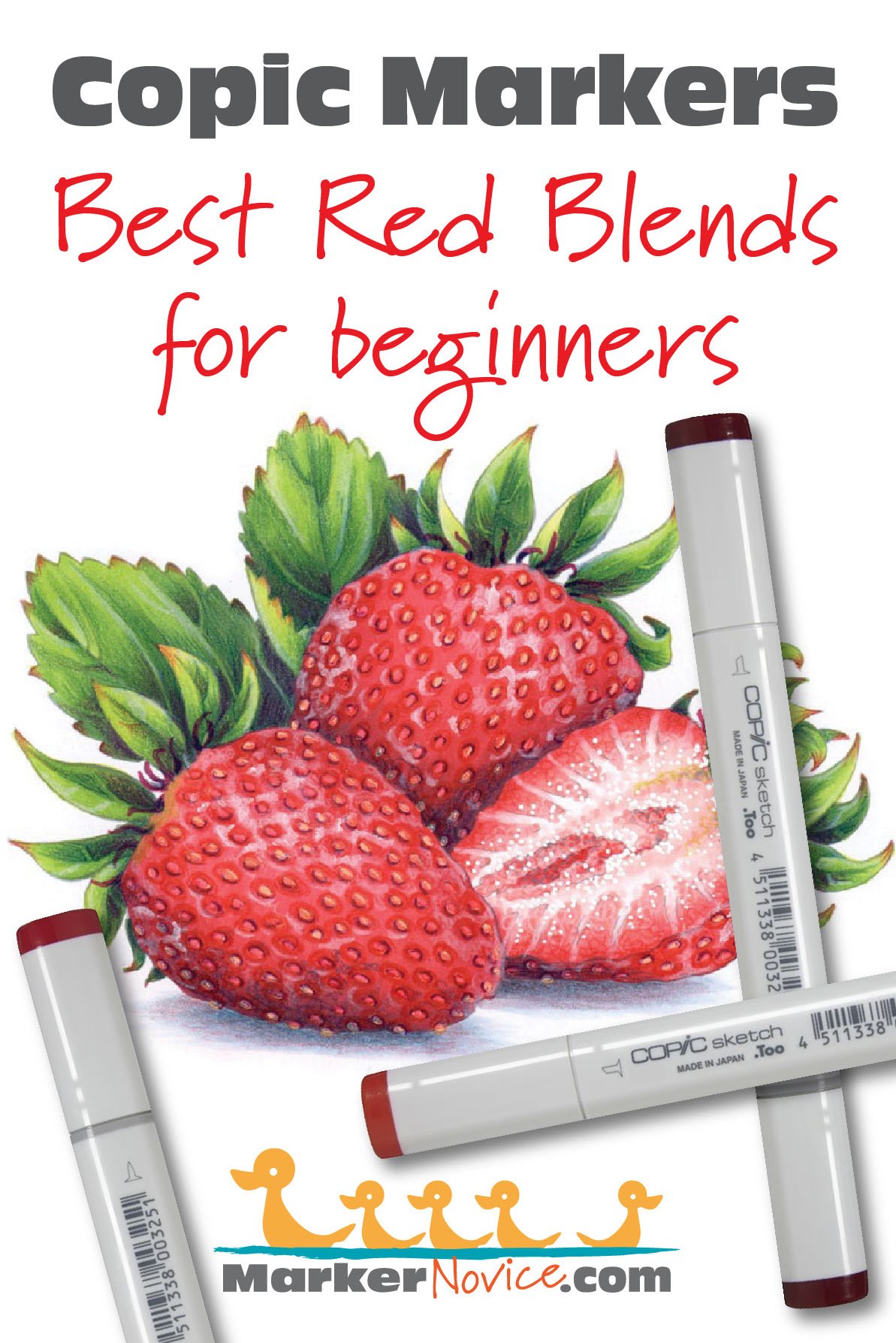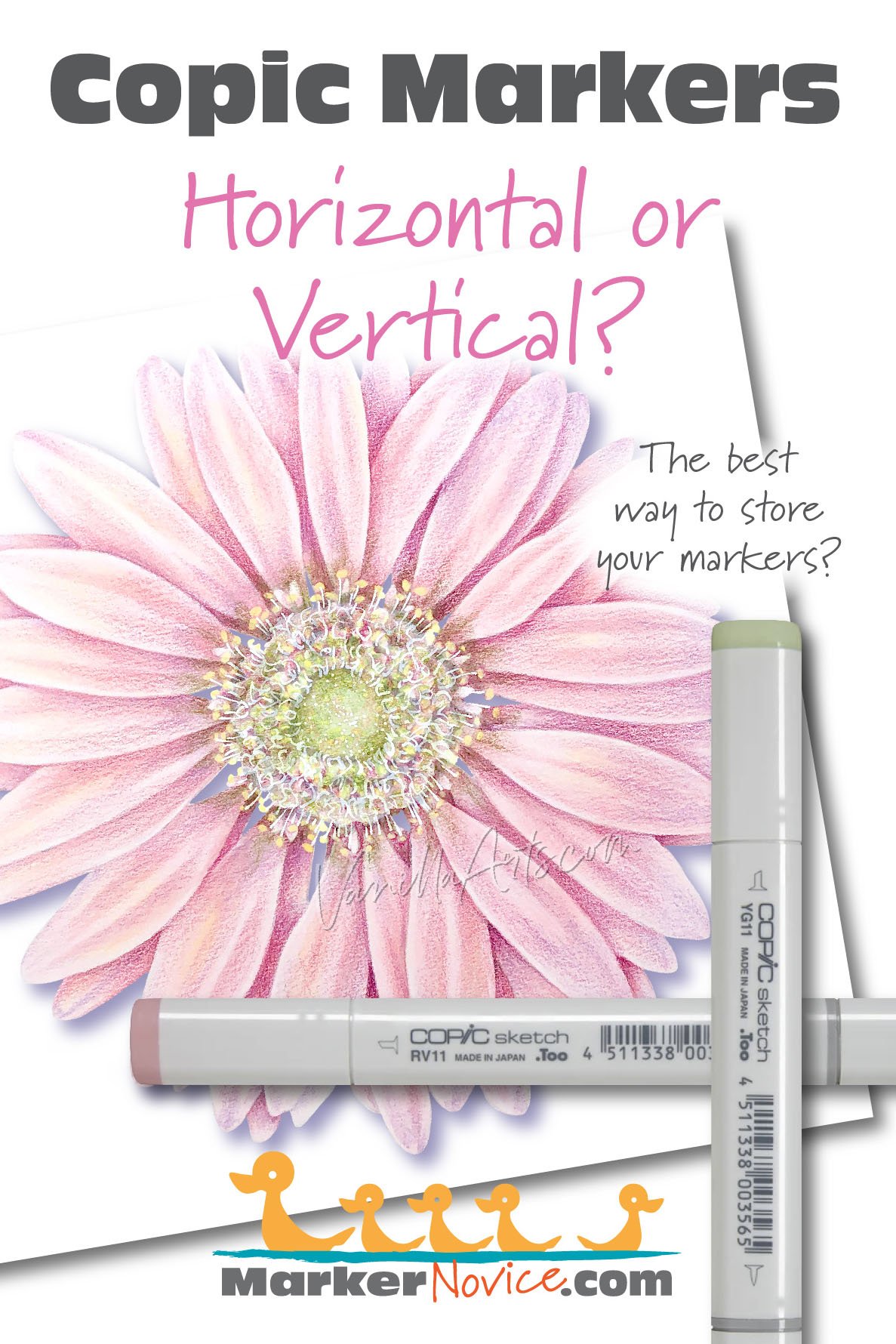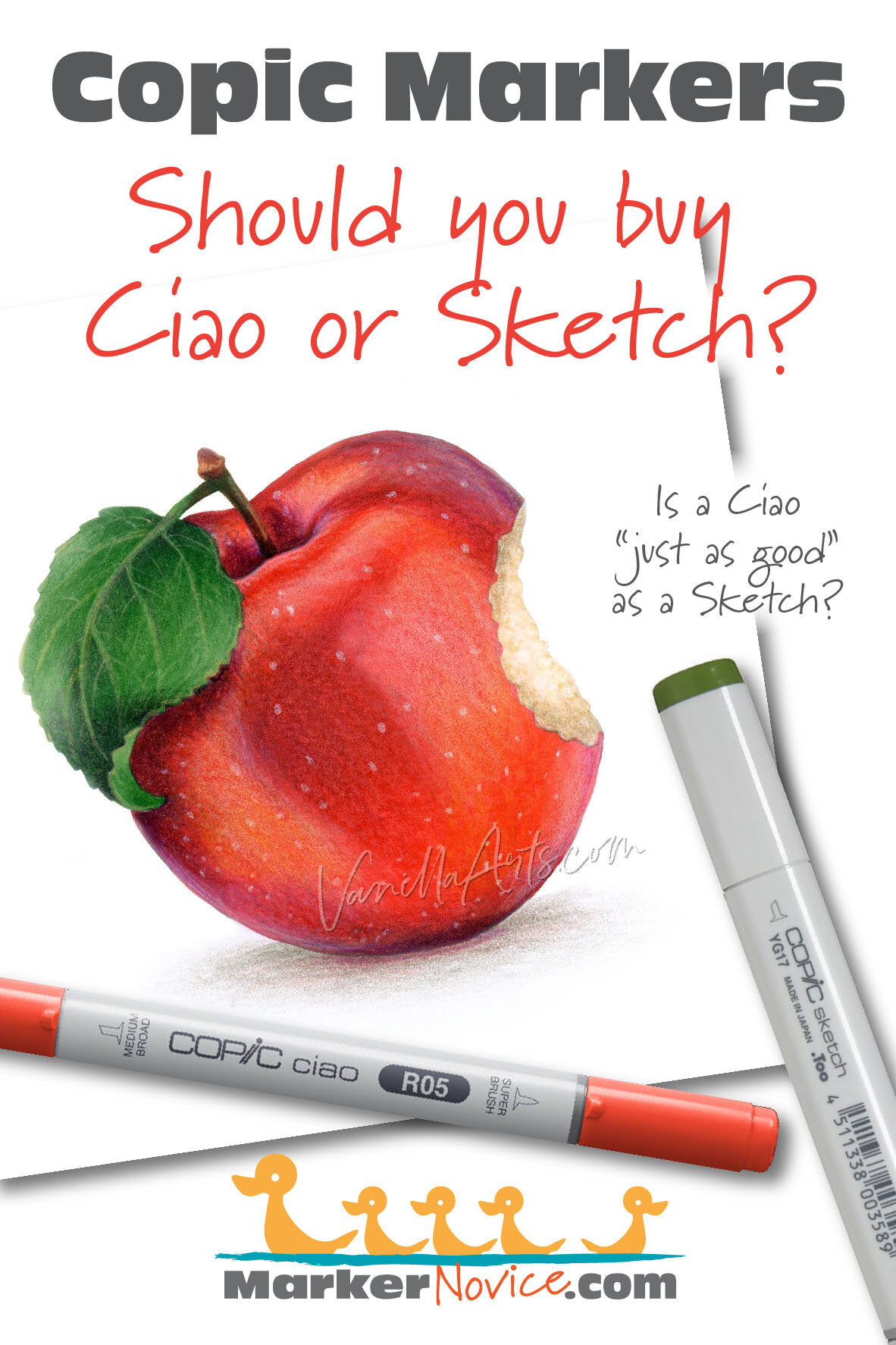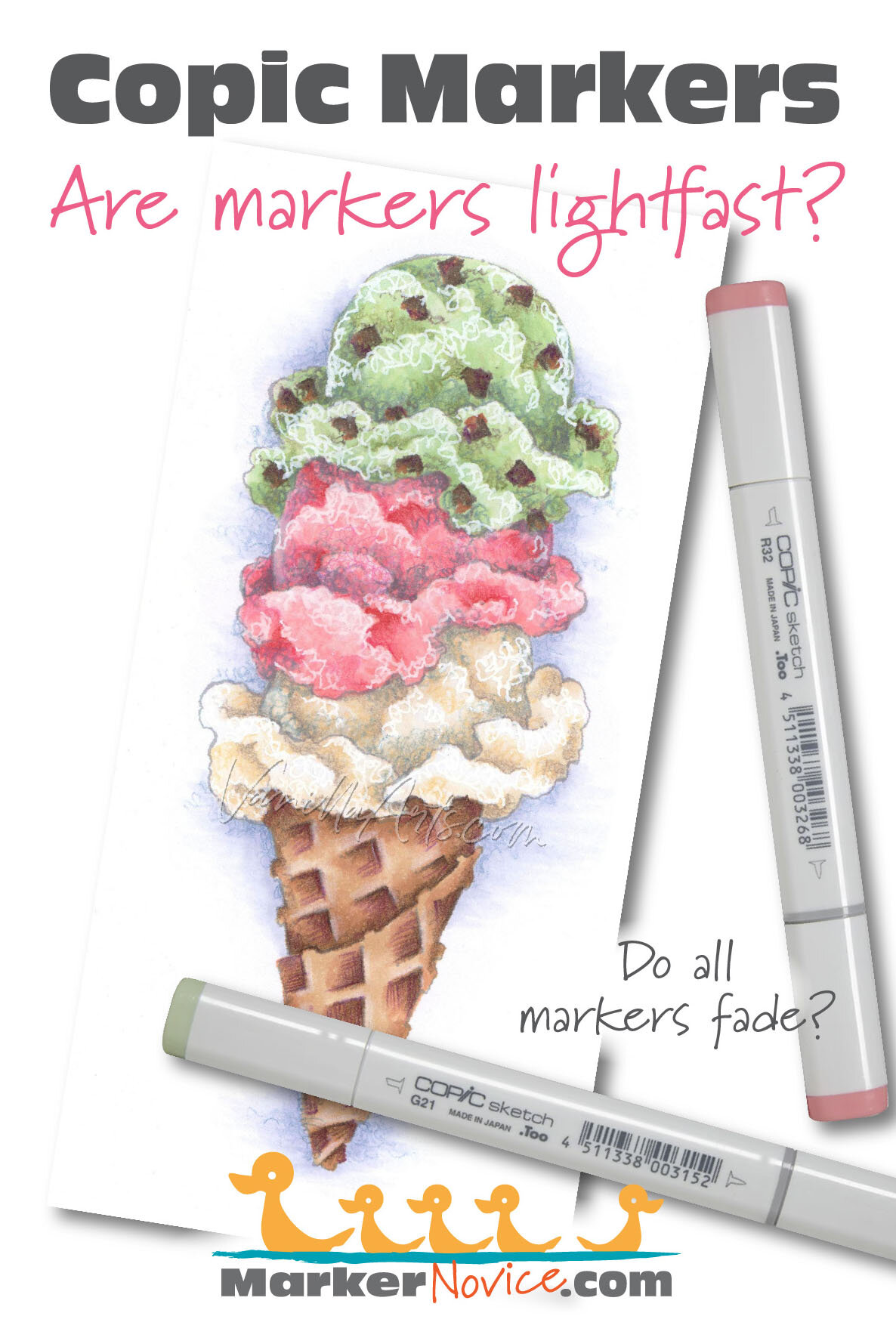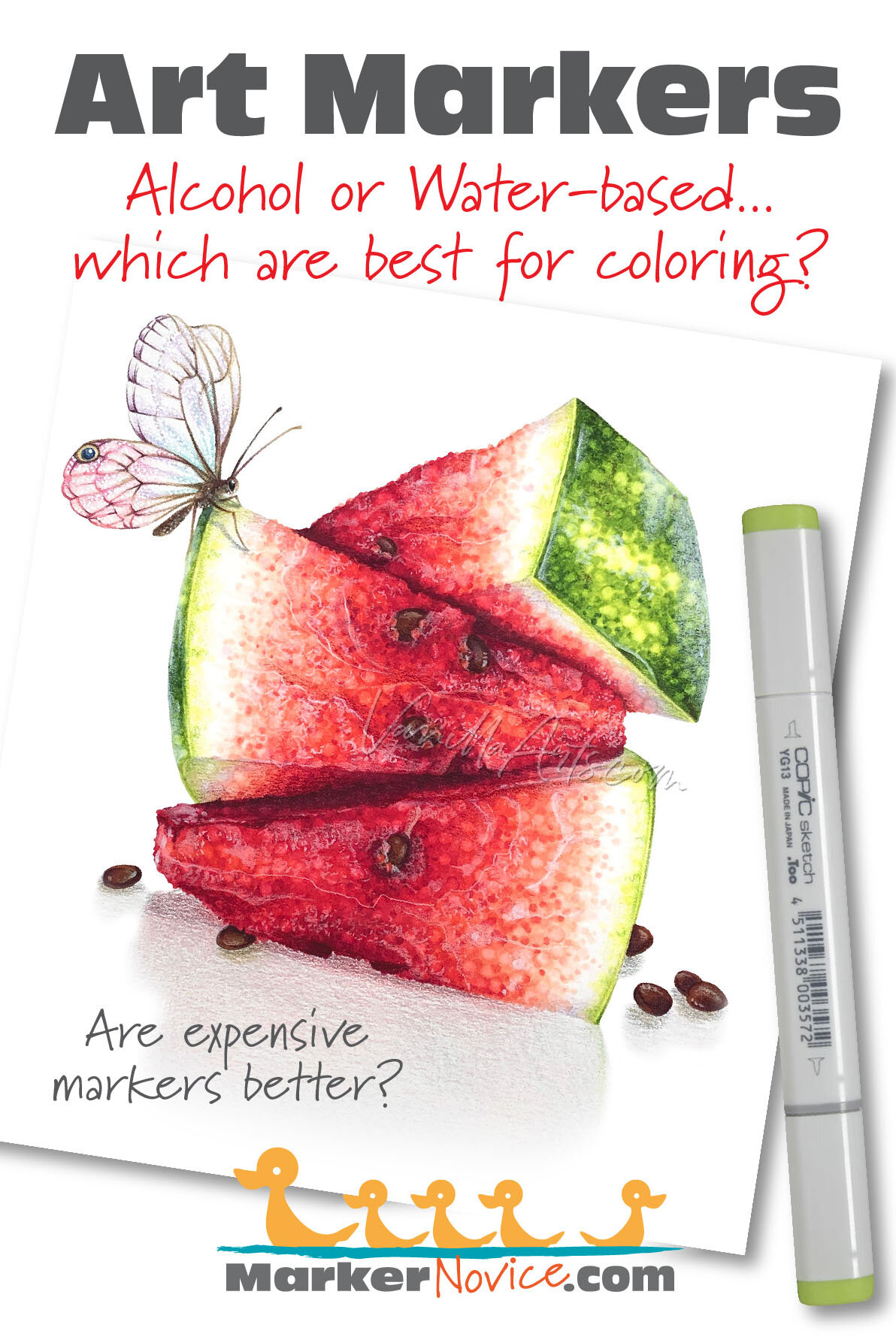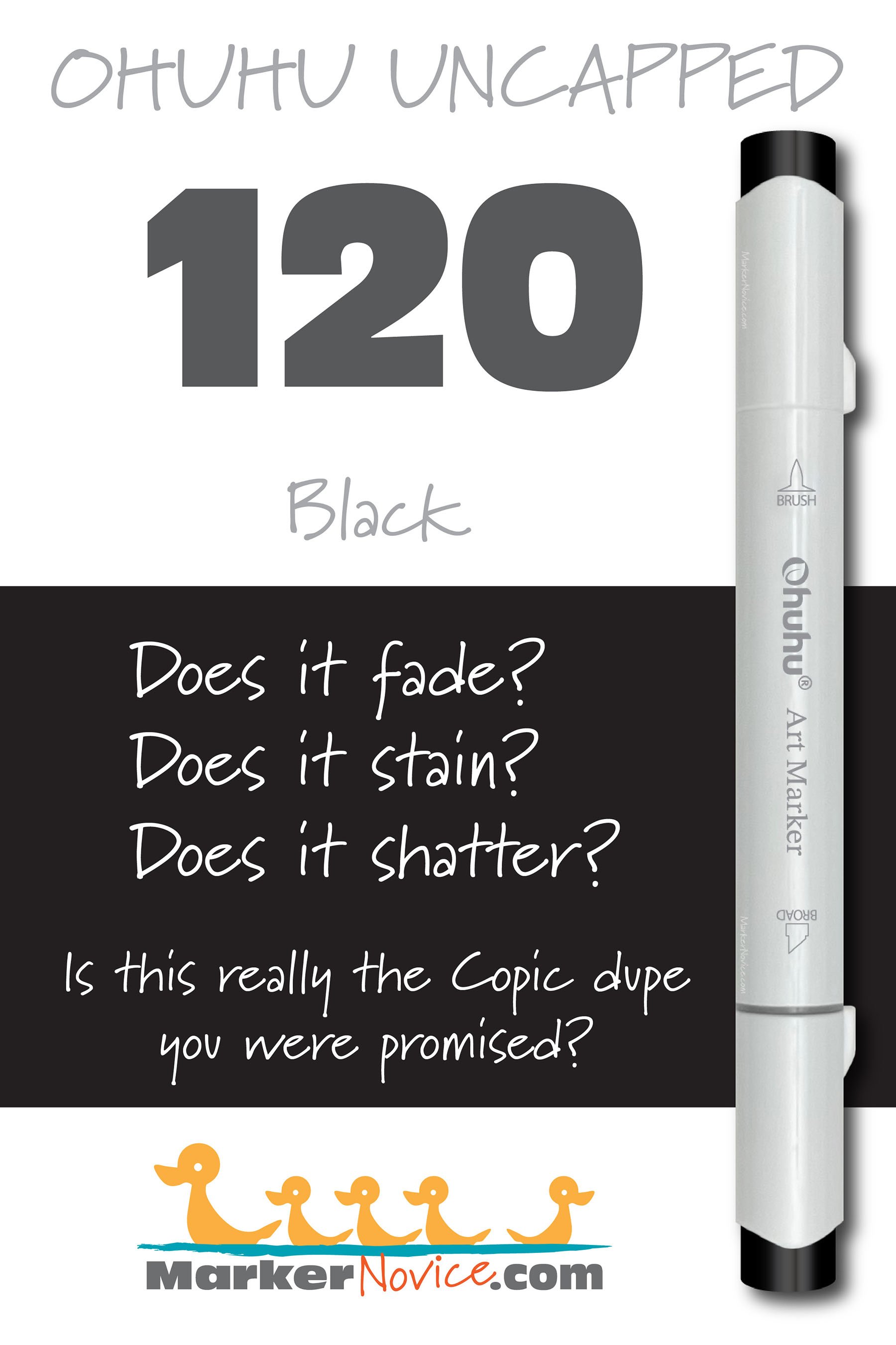You were told “Ohuhu is the Copic slayer! They’re like Copic Markers but better!”
Is this true?
Every Ohuhu Marker has different characteristics based upon its unique ink formula. No matter how great they say the marker is, test results do not lie.
So are Ohuhu markers as great as you’ve heard?
Let’s look at Ohuhu 120 Black to find out.
WARNING: Ohuhu markers have numbers on the cap but not on the body of the marker. We do not recommend coloring with both caps off due to the risk of accidentally placing the wrong caps on a marker.
Test results: Ohuhu 120 Black
Refill: At this time, Ohuhu only sells 50 refill colors. Luckily, they do sell black. Still, I’d like to point out that their marketing is extremely deceptive. With over 320 colors but only 50 refills, I think it’s stretching the truth to market themselves as “refillable”. See Ohuhu’s current list of refills here.
Temperature: A barely warm black.
Resemblance: Lamp Black watercolor.
Actual Value: N12
Unlike Copic, Ohuhu does not measure value— this is a glaring deficiency which makes finding blending combinations harder than it has to be!
All Copics are measured on a Neutral Gray value scale. The last number on the Copic cap indicates the value. We’re using the Copic scale to measure Ohuhu until Ohuhu releases a reliable value scale.
Cap Accuracy: The plastic on an Ohuhu Honolulu 120 marker matches 2 coats of 120 ink.
I’ve seen numerous Ohuhu review videos where they complain about massive Ohuhu cap color inaccuracies. I’ve also read this mentioned in blogs and websites. To be honest, I’m simply not finding Ohuhu to be any worse than other marker brands. Yes, some caps are wrong but I don’t think cap accuracy is their biggest problem.
Copic Substitution: Ohuhu 120 is a close match to Copic’s 110. Ohuhu’s black is more densely colored and a bit more neutral than the redder Copic Special Black, but otherwise, they are a match in value.
Note: similar colors rarely behave the same way. From experience I can tell you that both Copic 100 and 110 are easier to blend. Ohuhu clearly wanted a dense black so their ink formula has an extremely high ratio of colorant to solvent. Copic’s blacks are weaker. Is stronger better? I’d say no. With less black colorant, Copic’s blacks are easier to blend and you can layer them with no issues. Ohuhu Black on the other hand starts to look over-inked on the second coat and is nearly impossible to blend. With less black in their black, Ohuhu could have created an easier marker to work with. See the test results for Copic 110 here.
Buildup: 120 reaches a maximum value at 2 coats.
This is especially problematic for those who color with a lot of ink, who have a heavy hand (using a lot of pressure), or those who make many blending corrections. When an ink reaches maximum value, the paper begins to look oily and will eventually turn sticky. Sticky projects actually collect dust! For an ink to reach full value at only two coats is absolutely ridiculous.
If you wonder why this is a problem, consider that most people use THREE marker blending combinations, meanwhile this marker doesn’t want to be touched with more than two layers of any color.
This ink is not appropriate for coloring and especially not for blending. It may have other legimate uses but Ohuhu never should have released such a unsuitable ink for coloring purposes!
Overinking: We do not recommend using more than 2 coats of 120 and we do not recommend using this in three or four marker blending combinations.
Shattering: This ink is highly reactive to colorless blender due to the extremely high amount of colorant in the formula. There is a slight hint of pink/red leakage around the center stained area which indicates this black is a blend. Black blends are standard in art supplies and not a sign of low quality. Black is simply a hard color to make.
Chromatography testing shows this ink’s behavior when it comes in contact with #0 Colorless Blender (solvent). High shattering colors may leak unexpected color when you make corrections or attempt to blend with any color that has a high solvent to colorant ratio. Shattering is not bad, it’s just something to be aware of.
Staining: 120 is extremely staining.
With alcohol markers, a staining ink is generally a sign of a low quality ink. Staining inks bond to the paper fibers and are reluctant to release. Staining inks make blending harder than it has to be!
Lift: Consider 120 Black a permanent marker. In all my years of coloring, I’ve never seen a marker lift less than Ohuhu black.
See staining swatch. Sample was given 6 stripes of #0 Colorless Blender, drying between each stripe. Results indicate how much lifting you can expect.
Lightfast: 120 faded about 10% during the test period. This is the same amount of fade seen in Copic’s 100 and Copic's 110 despite the fact that Ohuhu has far more colorant in it’s formula. I’d expect an ink this dense to fade less.
Samples were swatched on X-Press It Blending Card. 1 layer of ink was exposed to windowsill sunlight for 21 days. Approximately 10 hours of sun per day based on weather conditions. Note: we do not recommend displaying original marker art under these conditions.
Ink Color Family: Black is basically treated as it’s own color family by most marker brands.
Cap Numbering: I don’t understand why this was given the number “120”. With a number like 120, I expected to find 2 or 3 more blacks in the set. Doesn’t the number 100 for an only black seem more logical to you?
Marker Name: Bonus points to Ohuhu for not messing this up.
I’m still early in the Ohuhu testing process. I will add more info to this article as I learn more and when I spot behavioral patterns.
From what I’ve learned so far, I will not be working with Ohuhu markers and I will discourage students from using them in my classes. They’re simply not worth the frustration.
Learn more about 120 Black, a true black Ohuhu Marker. We swatch and test Ohuhu colors- layering, staining, lift, value, lightfastness, saturation, and cap accuracy. | MarkerNovice.com | How to blend alcohol ink markers.

